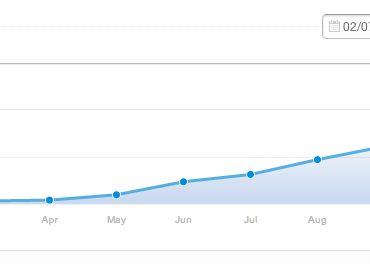Our startup didn’t like the traditional workplace feedback systems we read about, so we set out to create a new system we call feedforwards.
The content on Tumblr creates an incredibly immersive platform that brands can tap into. 70% of users visit Tumblr more than once a day and thirty four percent “would rather be on the site than sleep.” They are more likely to put their faith in brands that provide engaging content. and are more likely to share these brands with their friends.
TINT’s experimental, monthly self-improvement program is still going strong. We’re continuing to tweak the program as we go, to encourage greater participation and increase everyone’s chances of success. Take a peek at TeamTINT’s continual efforts to improve ourselves – and to improve our self-improvement program. See Running a…
2014 was a big year for social media and activism: from pro-democracy demonstrations in Hong Kong, to raising $100 million for ALS research, to providing a stomping ground for nascent conversations about race and police brutality, the range of social media’s involvement in good causes has grown. But. For every stirring story of activism organized on Twitter, there is an equally un-stirring story about hashtags that don’t do anything. Except to make us feel like we’re doing something. “Hashtag Activism” – it’s a phrase reserved for ineffective, vaguely narcissistic Twitter do-gooding.
If your business has clear traction in a specific market then my recommendation would be to head there, however when your stat sheet looks like ours, current customer data isn’t the clearest indicator.
This past Sunday, 400,000 people took part in the People’s Climate March in New York City to demand action on climate change. The march made the front page of The New York Times, but received the usual mix of coverage and inattention that climate activists have come to expect from traditional news media. The same day, there was a second climate march- one that made its own coverage. It was a digital march that engaged participants across the globe on the new battleground for change: social media.
New York Fashion Week has been an exclusive event, for the shakers of Fashion with a capital “F.” But with the ascent of social media, it’s changed.











